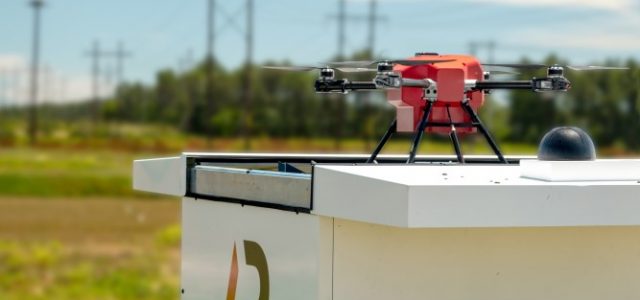In the first approval of its kind, the Federal Aviation Administration (FAA) is allowing American Robotics to operated automated drones without human operators on site. The company’s Scout System features advanced acoustic Detect-and-Avoid technology that enables its drones to maintain a safe distance from other aircraft at all times. By developing a layered, redundant system of safety that includes proprietary technical and operational risk mitigations, American Robotics has proven that its drone-based aerial intelligence platform operates safely in the National Airspace System, even when it conducts flights Beyond-Visual-Line-of-Sight (BVLOS) of the operator.
This approval represents a pivotal inflection point in the commercial drone industry. Prior waivers and certifications awarded by the FAA required visual observers (VOs) stationed along the flight path to keep eyes on the airspace at all times or other burdensome restrictions such as infrastructure masking. As a result, the value and scalability of commercial drone use in the U.S. has, until now, been drastically inhibited or in many cases eliminated.
With this approval, American Robotics’ Scout System is now the first drone technology allowed to continuously operate without this costly human requirement. Each Scout drone lives within a weatherproof base station which enables autonomous charging, data processing and analysis at the edge, and data transmission. When installed in the field, all facets of Scout’s operation are automated, allowing this technology to gather and analyze ultra-high-resolution data multiple times per day for many years.
Over a rigorous four-year testing program, American Robotics has demonstrated the impact that its Scout Systems can have on industrial and agricultural industries by engaging with multiple organizations across eight states in the U.S. During 2020, Scout Systems flew as many as 10 automated missions per day, capturing a variety of advanced data.
Air Age Media ©



















